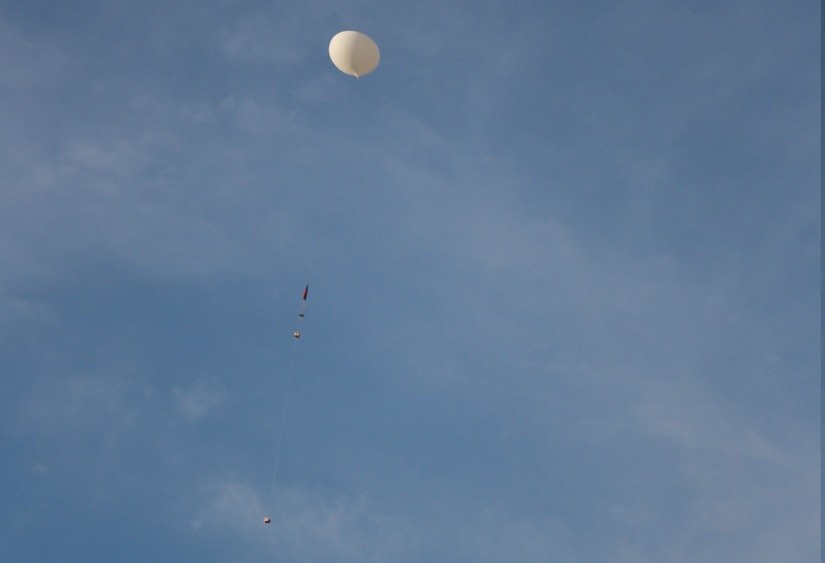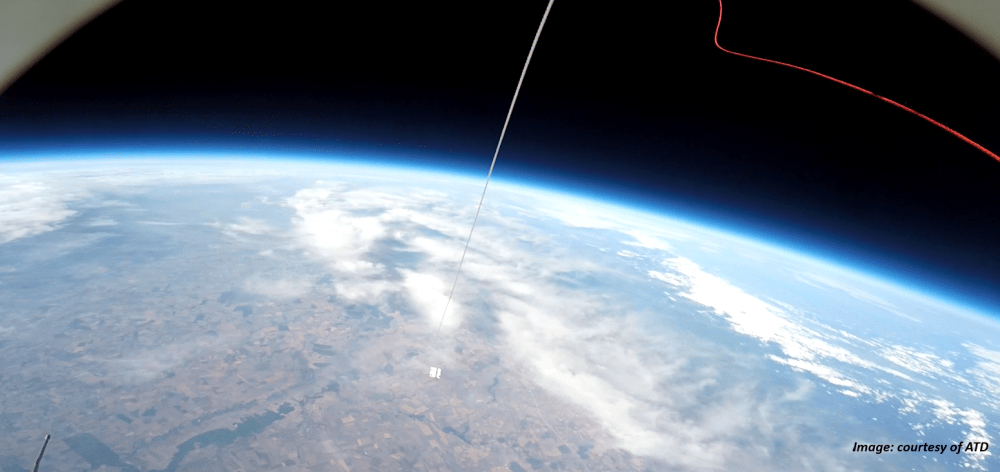GMV successfully completes first flight test for the SCC4HAPS project

In September 2023 GMV successfully completed one of the flight tests of the Satellite Control Centre for High-Altitude Pseudo-Satellites (SCC4HAPS) project, carried out under the European Space Agency (ESA)’s Advanced Research in Telecommunications Systems (ARTES) Core Competitiveness programme with the support of the Romanian Delegation. The objective of the project is to extend the capabilities of satellite fleet control solutions to include High-Altitude Pseudo-Satellites, or HAPS, and thus allow their integration into satellite systems. High-Altitude Pseudo-Satellites, or HAPS, are aerial platforms that operate in the stratosphere, at an average altitude of 20 kilometers. This positions them above commercial air traffic, above the strong air currents generated by the general atmospheric circulation, and above the moisture of the troposphere. HAPS can complement satellite missions, and is showing promise for their application in the fields of telecommunications and Earth observation.
GMV’s team in Romania was responsible for monitoring the first actual test flight using the ATD’s high altitude tracking/tele-command platform and balloon system, and for testing the various applications included in the software that GMV has developed for this mission. Testing took place near Buzau, Romania, about 60 km from the border with Ukraine, under adverse weather conditions with wind sgusts of 30 to 60 km/h. The total flight time was 1 hour and 53 minutes, with the balloon reaching a maximum altitude of 35,300 m.

It is worth emphasising that some of the primary challenges presented by this project were overcome during this testing phase. For example, successful results were achieved for use of the on-and-off commands for the telecommunications payload, reception of the telemetry by the balloon’s onboard equipment, and use of the University of León (ULE)simulator to validate the capabilities of the integrated control centre, which allows the management of multiple HAPS of various types.
The system used during the flight has been developed by GMV. The main test was operated from Bucharest, and a second portable system was operated at the launch site and transferred during recovery of the balloon equipment. During the flight, both tests provided the commands for the ATD balloon and University of León (ULE)’s HAPS fleet simulator, while also receiving the telemetry.
The purpose of this project is to facilitate problem-free use of HAPS by telecommunications satellite operators, which is expected to usher in a new era of integrated multi-layer operations, consisting of satellites, HAPS, and ground infrastructure.
About ESA’s ARTES Core Competitiveness Programme
ESA’s ARTES (Advanced Research in Telecommunications Systems) programme is unique in Europe and aims to support the competitiveness of European and Canadian industry on the world market. Core Competitiveness is dedicated to the development, qualification, and demonstration of products (“Competitiveness and Growth”), or long-term technology development (“Advanced Technology”). Products in this context can be equipment for the platform or payload of a satellite, a user terminal, or a full telecom system integrating a network with its space segment.
Find out more at: https://connectivity.esa.int/core-competitiveness